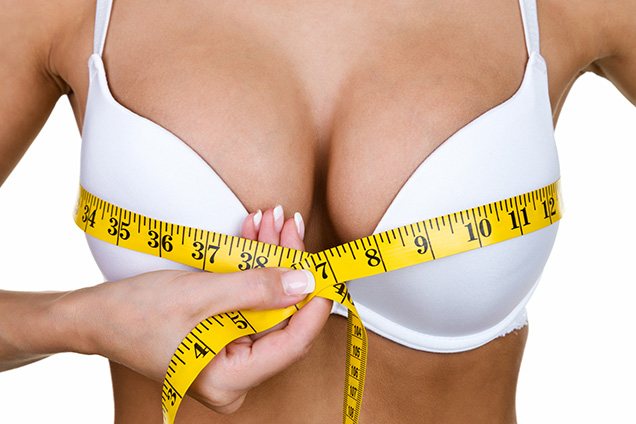A breast reduction surgery or mammoplasty
It is often performed to relieve symptoms from excessive breast size and weight such as neck, shoulder and back ache, pain from bra straps and rashes or skin conditions under the breasts. Large breasts can also cause poor posture and lack of self-confidence. Some ladies do not experience symptoms but have breasts that are disproportionately large relative to the rest of their body and find is difficult to get clothes that fit comfortably or to do exercise.
During a breast reduction, excess skin, breast tissue and fat are removed and the nipple and areola are lifted to a higher position on the breast. It often also involves reducing the areola size so that is more in keeping with the new breast size. A breast lift is incorporated into a reduction to ensure that you are not only smaller but also perkier.
After breast reduction, your breasts are more proportional to the rest of the body, clothes fit better, and many women find it much easier to become more physically active and to achieve their personal fitness goals. Breast reduction also has psychological benefits and many studies have shown that out of the range of plastic surgery procedures, reduction mammoplasty is the number one for patient satisfaction. Having a breast reduction can be life-changing for many women.
